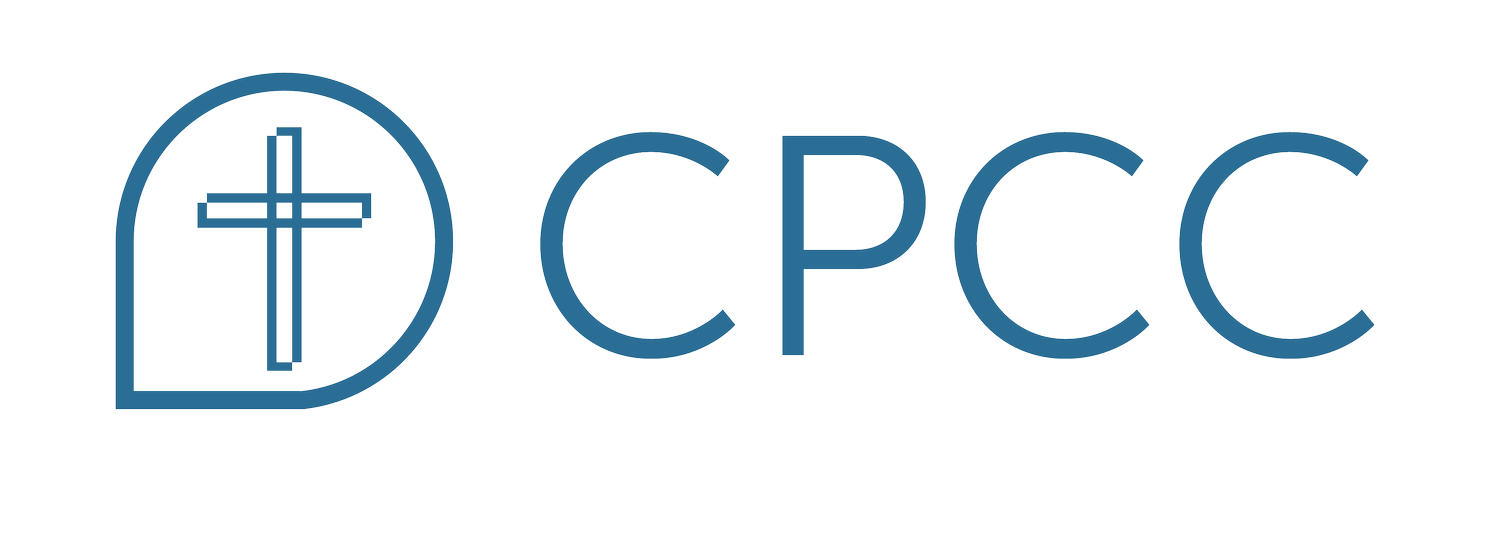Understanding the Terms of Addiction
2017-08-25 01:35:46 Patty Shirley
Addiction is often seen in numerous ways in a family system. When one person is effected by the use of addictive traits, whether substance use or behaviors, others around them are also effected. The effects are often due to secrecy, shame, guilt, not wanting to be detected by others, isolation, social stigma, fear, concern over loss of addiction and more. To have an understanding of addiction empowers you to know the warning signs of addiction which can effect any family. Addiction is an equal opportunity destroyer and does not play favorites based upon socioeconomic status, sexual orientation, race, gender, age or religion. Some terms of addiction that are important to know include co-addiction, codependency, neurochemicals, neurotransmitters, altered mental state, unmanageability, tolerance, withdrawal, cross-addiction, co-occurring disorders, comorbidity and dual diagnosis.
Traits often seen in a family system include co-addiction (two or more people in a family system acting out with addictive traits simultaneously and often in unison), codependency (enabling or covering up for the addict to the detriment of oneself or others), or protective mechanisms (attempt to protect individuals in the family system from abuse, self-harm or the harming of others).
Addiction to any behavior or substance can be identified with the following characteristics:
- a modification or activation of the neurochemicals and neurotransmitters
-an altered mental state prior to, during and/or after the use of addictive traits, including lack of good decision making, decreased rational thinking or a change in temperament
- a degree of loss of control
- unmanageability within an individual’s life
- tolerance experienced, known as a diminished response to an acting out behavior or use of a substance, resulting in need and desire for increased usage or intensity of behavior or substance to achieve desired effect
- withdrawal symptoms, seen when the substance or behavior is drastically reduced or abstained from, physical and emotional problems/disturbances can be present
Cross-addiction is prevalent in recovery. Cross-addiction typically is viewed as putting one addiction aside, only to pick up another addiction. An example of this is being clean from marijuana but substituting a different acting out behavior, or two, or three. These substitute soothing or coping mechanisms can include porn, recovery, work, rage, food, prescription or illicit drugs, an eating disorder, alcohol, reckless driving, sex, shopping/spending, etc. Actually any habit used in an addictive fashion can become a problem and thus a cross-addiction. It is important to identify the various areas in your life that addictive traits may take place.
Co-occurring disorders can also wreak havoc with recovery or addiction. Co-occurring disorders are also referred to as comorbidity or dual-diagnosis. The term co-occurring disorders refers to two or more disorders or afflictions occurring at the same time, such as alcoholism and depression or opioid use and anxiety. Addictive traits are often used as soothing or coping mechanisms, such as the use of alcohol as a way of self-medicating depressive or anxious symptoms in an attempt to function “normally.”
Gaining awareness and knowledge around the topic of addiction can provide new insight to your own behaviors, as well as other’s. Knowing what to be aware of and what to look for can benefit and strengthen a strong recovery rather than feed cross-addiction. Having a strong team of supporters on your side can be another benefit. These team players can include peer support, family members, addiction support groups, and clinicians such as your medical doctor, therapist or an addictionoligist. Recovery is obtainable when placing the right components together, including knowledge and understanding. Peace, community and clarity accompany a strong recovery.
Sexual Recovery, Women, Men, Codependency, Alcoholics Anonymous, Addiction, Pornography, Betrayal, Sex Addiction, Recovery
